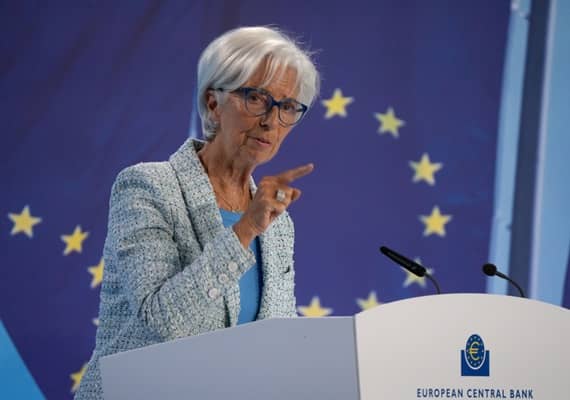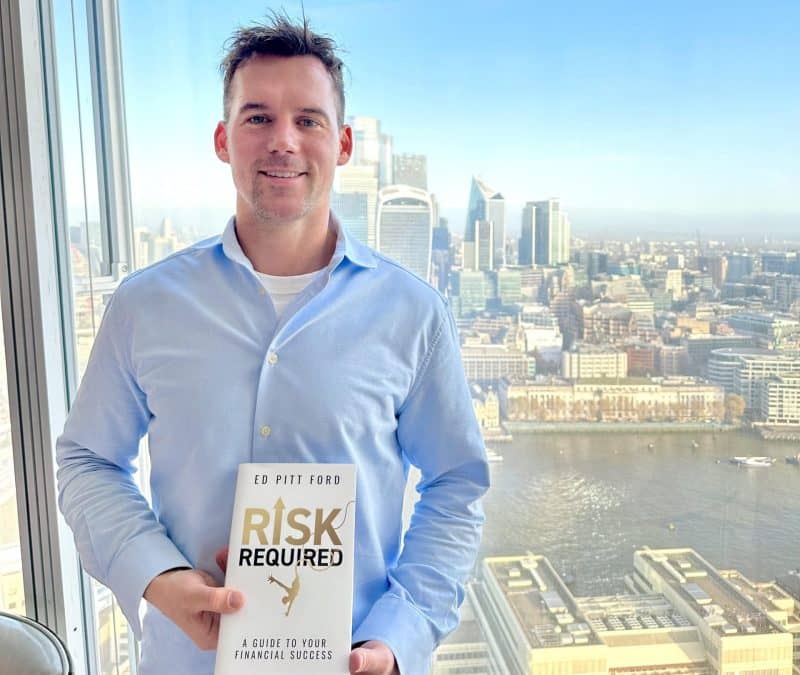Bussiness
ECB cuts interest rates by a quarter point – London Business News | Londonlovesbusiness.com

The European Central Bank (ECB) has cut interest rates to 3.75% for the first time in five years and they raised its inflation forecast until 2025.
Borrowing costs in the eurozone are now lower from record highs of 4% to 3.75%.
In a statement the ECB said, “The governing council today decided to lower the three key ECB interest rates by 25 basis points.
“Based on an updated assessment of the inflation outlook, the dynamics of underlying inflation and the strength of monetary policy transmission, it is now appropriate to moderate the degree of monetary policy restriction after nine months of holding rates steady.”
“Further cuts in September and December remain our central case,” HSBC economist Fabio Balboni said in a note.
“But if the recent resilience in services inflation proves sustained, we see increasing chances that the ECB might have to be more cautious on the way down.”
Ben Nichols, Interim Managing Director of RAW Capital Partners, said: “The ECB’s decision will resonate with consumers and investors not just in the EU, but globally. While the impact of the cut is unlikely to be felt immediately, the move adds to the growing feeling that the global economy has turned a corner, and should provide some impetus to the Eurozone’s business investment, consumer spending and housing markets. We could also see investor sentiment experience something of an uptick in the aftermath of this decision, which could instigate a pick-up in global trade and investment.
“However, the risk remains that the ECB is cutting rates too early, and it will be intriguing to see if the US Federal Reserve and Bank of England follow suit in the coming months. The outlook for energy prices is unreliable and geopolitical conflict in Europe and the Middle East could create major challenges further down the line. What’s more, the Eurozone’s labour market remains surprisingly strong. Therefore, a rekindling of inflationary pressures remains a significant risk factor if the bank cuts rates too quickly.
“As a result, investors must watch on with keen interest. The challenge remains ensuring that portfolios can withstand any turbulence that arises from central banks’ interest rates decisions by diversifying across a range of uncorrelated asset classes, territories and sectors. This includes building a portfolio of both traditional and alternative investments, which will help reduce volatility, provide down-side protection, and protect recent gains.”










